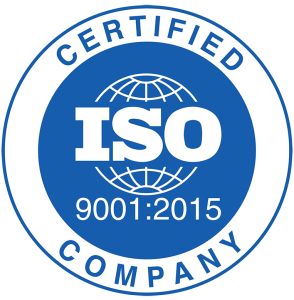We are tubing specialists that provide a large quantity of ERW tubes. They come in over 200 different sizes and various shapes. For the latter, we have oval, square, rectangular, and round tubes. Our technicians also work hard to ensure we can satisfy every client. This includes using high quality materials and testing to ensure every tube is suitable for use.
Despite the fact that clean fresh water is a scarce resource, we waste it. This happens through mismanagement and overuse. In addition, we can contaminate the resources we end up utilising. This can happen in several ways. One of the most surprising is via the tube we use to transport it.
Older tubing systems
 Many of those tubes used to move water to our workplaces and homes remain stuck with 20th century technology. Plastic, copper, galvanised steel, and cast iron variants have all transported water. Sadly most of them have had disastrous results too. All these delivery mechanisms include potential dangers to our lives.
Many of those tubes used to move water to our workplaces and homes remain stuck with 20th century technology. Plastic, copper, galvanised steel, and cast iron variants have all transported water. Sadly most of them have had disastrous results too. All these delivery mechanisms include potential dangers to our lives.
Galvanised steel ERW tubes and cast iron leach lead and cadmium into our drinking water. The former causes heart problems while the later causes kidney damage. Copper tubes are a step up from these two, but don’t fare much better. They are vulnerable to leaks and corrosion. In the short term, copper can produce gastrointestinal issues. As for the long term, it can cause kidney and liver damage.
As for PVC, PEX, and other plastic tubes, you can find them in homes built after 1986. Corrosion isn’t a concern here. However, the leaching of chemicals like Tert-Butyl Alcohol (TBA) and Tertiary Butyl Ether (MTBE) are. They are proven carcinogens when you inhale them. As for their effects on humans when they are dissolved in drinking water, they are unknown. Plastics have other problems too like bursting easily on direct sunlight exposure for too long.
The steel alternative
Thankfully, there are alternatives to these materials for domestic plumbing and drinking water transportation. Stainless steel handles all the complications. What’s more, it comes with its own advantages. These make it an excellent alternative. Please let us know if you need any of our ERW tubes.
Water purity
The biggest and most relevant advantage of stainless steel tubes here is that they maintain water purity. This metal is mainly non-reactive with water. It does not leach any elements or chemicals into the liquid, which would otherwise make it impure.
During a European Study, they found that the levels of leaching chromium and nickel were under 5% the total permissible limit. This was as per the European Drinking Water Directive. In truth, as opposed to plastics, galvanised steel, and copper, metal leaching actually falls over time with stainless steel. Another Scottish study supports that finding.
Eco-friendliness and recyclability
A second advantage of these tubes is that they are eco-friendly as well as entirely recyclable. Stainless steel includes around 85% of recycled materials. In truth, it is one of the few substances that you can recycle completely at the end of its lifecycle.
Costs
Lastly, these tubes are highly cost efficient. The properties of stainless steel we have already mentioned minimise the health and financial costs. These are ones that other substances produce in the instance of water storage and transportation for consumption. When you consider the many costs, the life cycle cost of using the steel is far lower than the alternatives.
We will handle your orders for ERW tubes
At Union Steel Tubes, we have what it takes to handle almost any tubing order. At the same time, we are still small enough to offer first rate customer care. Whenever we work with a client, our whole team commits to supplying the highest standards.
So, when you work with us you can be sure you’ll receive the best ERW tubes. Please let us know if you need products and we can advise you.


